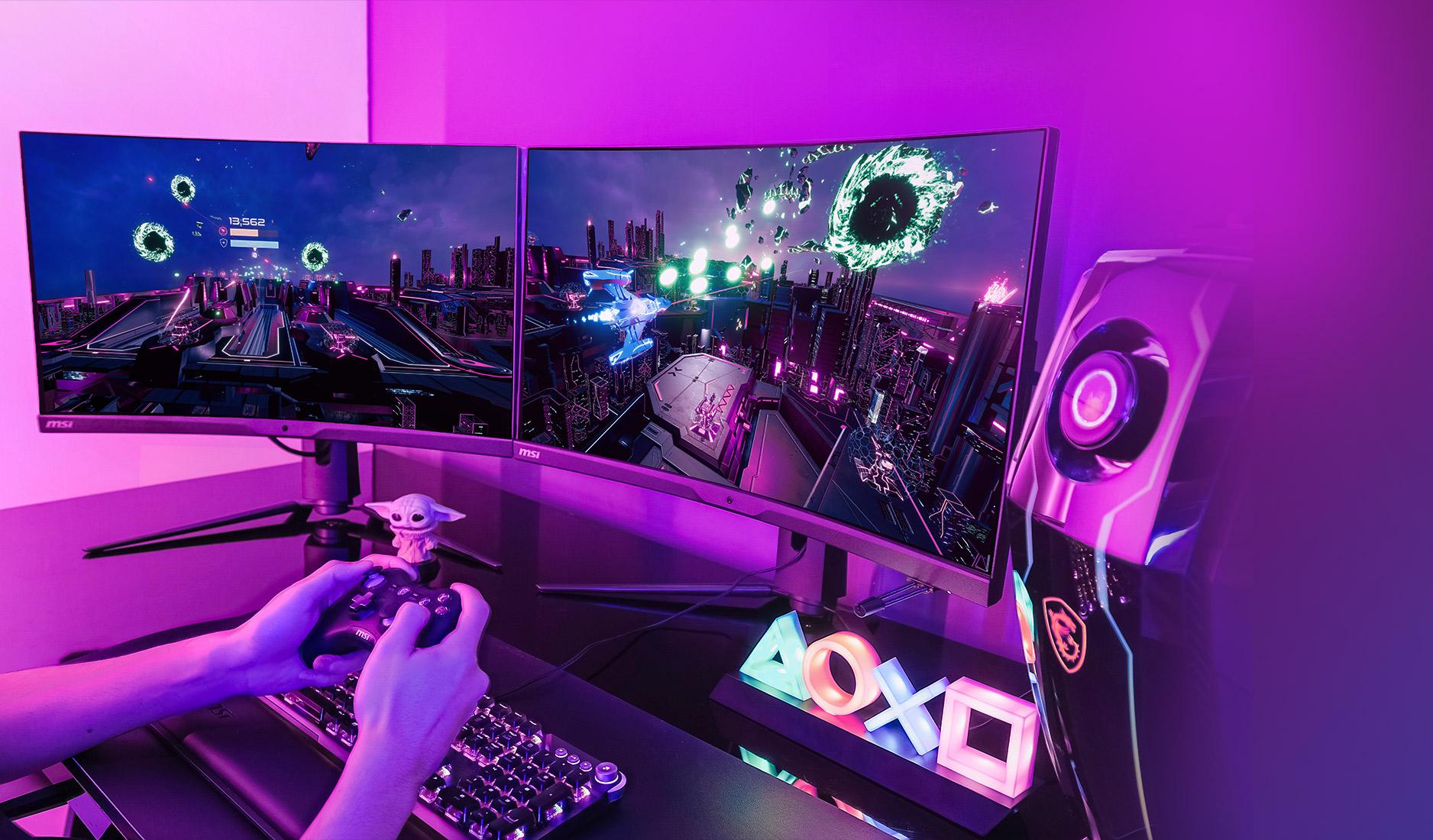-
Fil d’actualités
- EXPLORER
-
Pages
-
Groupes
-
Evènements
-
Reels
-
Blogs
Mapping the Intense Global Gaming Competitive Landscape

The Gaming Competitive Landscape is a complex, multi-layered, and intensely competitive ecosystem, where battles are fought on multiple fronts, from the creation of blockbuster content to the control of powerful distribution platforms. At the highest level, the landscape is defined by the powerful, vertically-integrated platform holders: Sony, Microsoft, and Nintendo in the console space, and Apple and Google in the mobile space. The basis of their competition is the control of the ecosystem. They compete by offering compelling hardware, securing exclusive games, and building out valuable subscription services to attract and lock in players to their respective platforms. Their competitive advantage is their ownership of the "storefront" and the direct relationship with the consumer, which allows them to take a significant share of all revenue generated within their ecosystem. The competition between these platform giants is the primary shaping force of the entire industry.
The next major tier of the competitive landscape is composed of the large, third-party game publishers. This includes global giants like Tencent, Electronic Arts, and Take-Two Interactive. The basis of their competition is the creation and ownership of valuable intellectual property (IP)—the blockbuster game franchises that can generate billions of dollars in revenue. Their competitive advantage lies in their massive development studios, their global marketing muscle, and their expertise in operating highly profitable "Games as a Service" titles. They compete fiercely to create the next big cultural phenomenon and to keep players engaged in their existing live service games for as long as possible. The dynamic between these publishers and the platform holders is a complex one of "coopetition"; they are partners in bringing games to the platform, but also competitors for the consumer's time and money, and there is often tension over the revenue-sharing agreements.
The outer circles of the competitive landscape are a much more diverse and fragmented environment. This includes a vibrant and critically important "indie" development scene, where small, creative teams can compete not on budget, but on innovation and unique gameplay ideas. The rise of accessible game engines like Unity and Unreal Engine, and digital distribution platforms like Steam, has empowered this segment. The landscape also includes the companies that provide the "picks and shovels" of the industry—the game engine creators, the providers of middleware and development tools, and the rapidly growing ecosystem of companies that provide services for things like quality assurance, localization, and community management. Furthermore, the rise of streaming platforms like Twitch and YouTube has created a new and powerful set of influencers who can have a major impact on a game's success, making them a key part of the modern competitive landscape. This multi-layered ecosystem, from the platform titans to the individual indie developer, creates a dynamic and constantly evolving competitive environment.
- Art
- Causes
- Crafts
- Dance
- Drinks
- Film
- Fitness
- Food
- Jeux
- Gardening
- Health
- Domicile
- Literature
- Music
- Networking
- Autre
- Party
- Religion
- Shopping
- Sports
- Theater
- Wellness
